When it comes to maintaining our world, there's a powerful shift happening. The concept of a circular economy in maintenance is not just an idea anymore; it's becoming a crucial part of how businesses operate. Imagine cutting down on waste significantly while boosting your resource efficiency. And that's the kind of results we're talking about with this method. It's about moving away from the traditional take-make-dispose pattern we've grown accustomed to.
This transition isn't merely good news for our planet—it also opens up new avenues for saving costs and fostering innovation within industries. Companies are flipping the script on how they use materials and handle their assets, leading them to discover chances that old-school methods kept out of sight.
What Is a Circular Economy?

Jumping into the circular economy could really shake things up. This fresh perspective revolutionizes our approach to resource use and value creation, making us rethink the way we do things. The circular economy principles are all about eliminating waste, circulating products and materials, and regenerating nature.
The Three Principles of a Circular Economy
According to the Ellen MacArthur Foundation, the three key principles of a circular economy are: 1. Eliminate waste and pollution 2. Circulate products and materials (at their highest value) 3. Regenerate nature By following these principles, we can create an economy that is restorative and regenerative by design.
How a Circular Economy Differs from a Linear Economy
The traditional linear economy follows a "take-make-dispose” model. We extract resources, make products, and then throw them away when we're done with them. But in a circular economy, we keep resources in use for as long as possible. Products are designed to be reused, repaired, remanufactured, or recycled. As explained in this short video from the Ellen MacArthur Foundation films, a circular economy is not just about recycling. It's about rethinking the entire system. (Check out the butterfly diagram).
Examples of Circular Economy in Action
The good news is that the circular economy is already happening all around us. Here are a few examples: – Clothing company Patagonia offers repair services for their products and takes back worn-out items to be recycled into new clothing. – Car manufacturer Renault remanufactures car parts and sells them at a lower price than new parts. – The city of Amsterdam has set a goal to become a fully circular city by 2050, with initiatives like using waste heat from data centers to heat homes. So, these examples are just the tip of the iceberg when it comes to how businesses and communities are embracing circular economy ideas in their operations.
Benefits of Implementing Circular Economy Practices in Maintenance
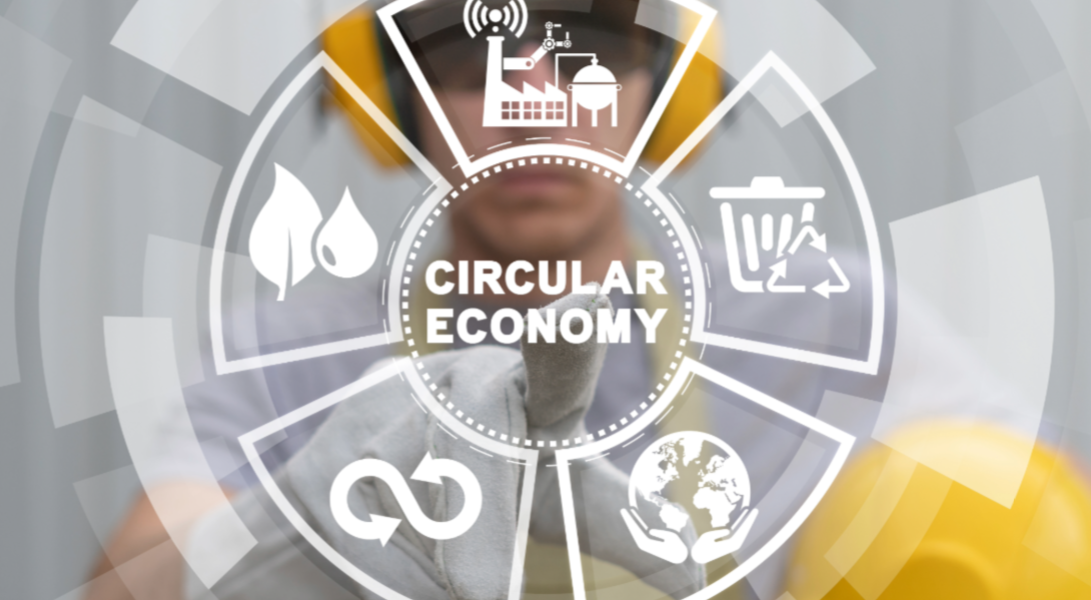
So why should maintenance teams care about the circular economy? It turns out that there are some major benefits. When maintenance teams focus on keeping products and materials in play longer, they can cut down significantly on the cash spent replacing them. Repairing and remanufacturing parts is often cheaper than buying new ones. Also, when companies step up to offer repair and maintenance services, they're not just opening new doors to make money—they're also tightening their bond with customers.
Reduced Environmental Impact
The circular economy is all about reducing waste and conserving resources. By extending the life of products through maintenance and repair, we can reduce the environmental impact of extracting and processing new raw materials. According to the World Economic Forum, adopting circular economy practices could help reduce global greenhouse gas emissions by 39%. Given that our planet's resources aren't unlimited, it only makes sense to get smarter about how we use what's available. The circular economy helps us do that by keeping materials in circulation for as long as possible. For example, by recycling and reusing spare parts, maintenance teams can reduce their reliance on scarce raw materials like rare earth metals.
Enhanced Brand Reputation and Customer Loyalty
Nowadays, folks are on the hunt for brands that put a big emphasis on being eco-friendly. By adopting circular economy practices, companies can enhance their brand reputation and build customer loyalty. A recent study by Accenture found that 62% of consumers want companies to take a stand on issues like sustainability, transparency, and fair employment practices.
Strategies for Minimizing Waste in Maintenance Operations
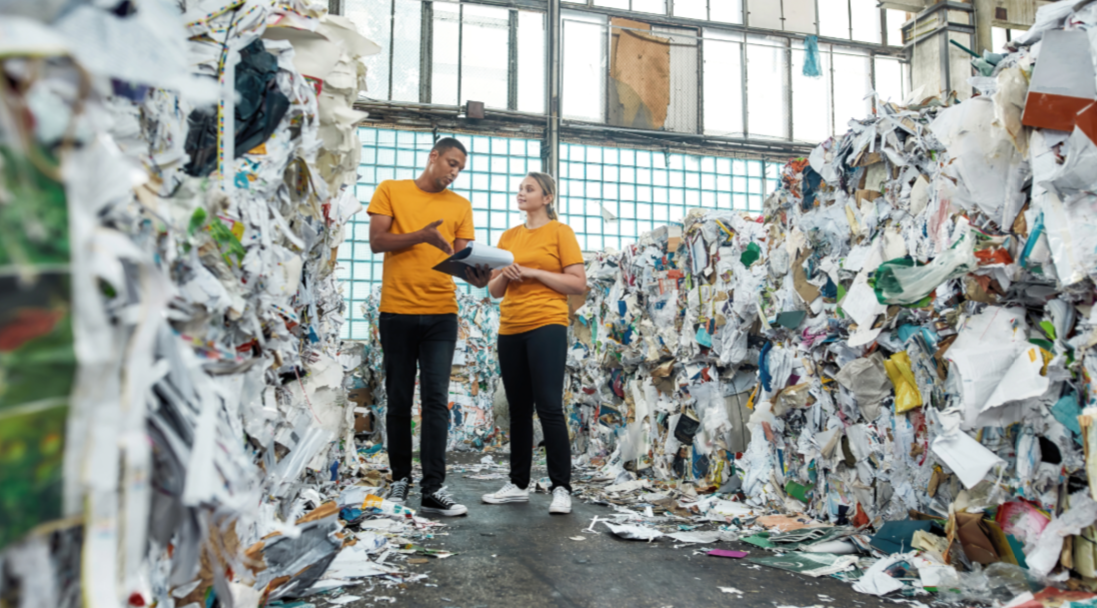
So, how can maintenance teams start implementing circular economy practices? Here are a few strategies to consider. Predictive maintenance uses data and analytics to predict when equipment is likely to fail so maintenance can be scheduled before a breakdown occurs. This helps extend the life of equipment and reduce waste from unexpected failures.
Optimizing Inventory Management
By staying on top of their spare parts inventory, maintenance crews can dodge the trap of overordering and cut down on waste from parts that are either out-of-date or no longer needed. Implementing a computerized maintenance management system (CMMS) can help. Instead of always buying new spare parts, look for opportunities to recycle and reuse parts from decommissioned equipment. This saves money and reduces waste.
Utilizing Sustainable Materials and Suppliers
When new parts or equipment are needed, prioritize sustainable materials and suppliers who follow circular economy principles. This supports the growth of the circular economy.
Maximizing Resource Utilization in Maintenance
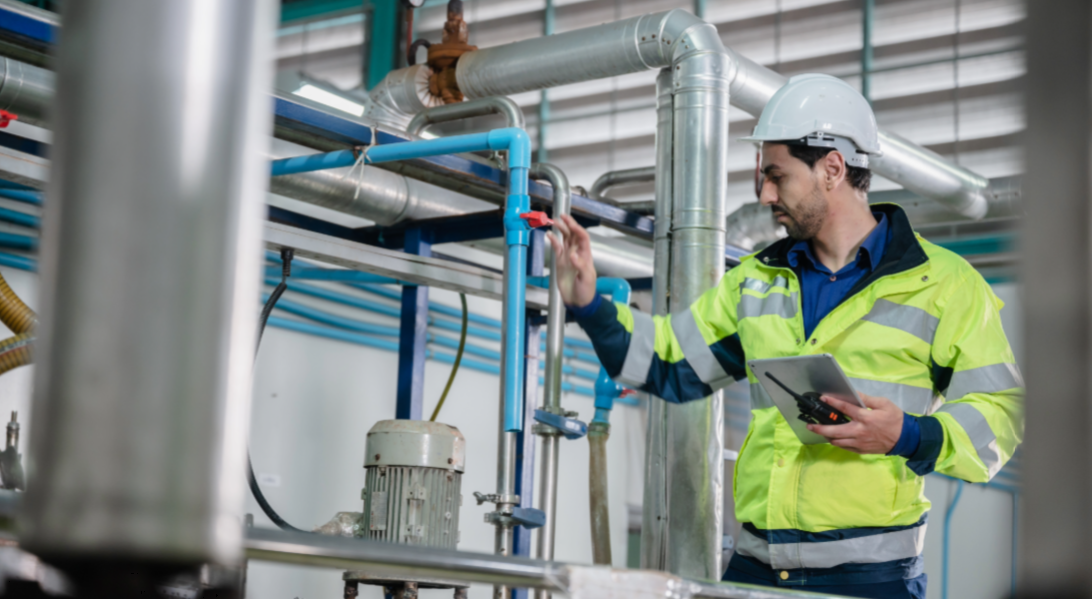
Besides cutting down on waste, maintenance crews can get creative with the resources they've already got to make sure nothing goes to waste, and everything's used to its full potential. Condition-based maintenance involves monitoring the actual condition of equipment to determine when maintenance is needed rather than relying on scheduled maintenance intervals. This helps optimize maintenance resources.
Extending Equipment Lifespan through Refurbishment and Remanufacturing
Rather than always replacing old equipment with new, refurbishment and remanufacturing should be considered to extend the lifespan of existing assets. This saves money and conserves resources. According to the European Remanufacturing Network, remanufacturing has the potential to save up to 90% of raw materials compared to manufacturing new products.
Adopting Modular Design for Easy Repair and Upgrades
When designing new equipment, consider using modular design principles that allow for easy repair and upgrades. Doing this makes your assets last longer. The circular economy is the future of maintenance and asset management. By adopting these strategies to minimize waste, maximize resource utilization, and regenerate natural systems, maintenance teams can save money, reduce environmental impact, and build a more sustainable future.
Switching to a circular economy in maintenance means big wins: saving cash, cutting waste, and doing good for the planet. It's about keeping stuff in use longer through smart design and recycling – way more than just fixing things up. Embracing circular economy principles can revolutionize business models by promoting sustainable practices and efficient resource management, and it can play a crucial role in combating climate change.
Overcoming Challenges in Implementing Circular Economy Practices
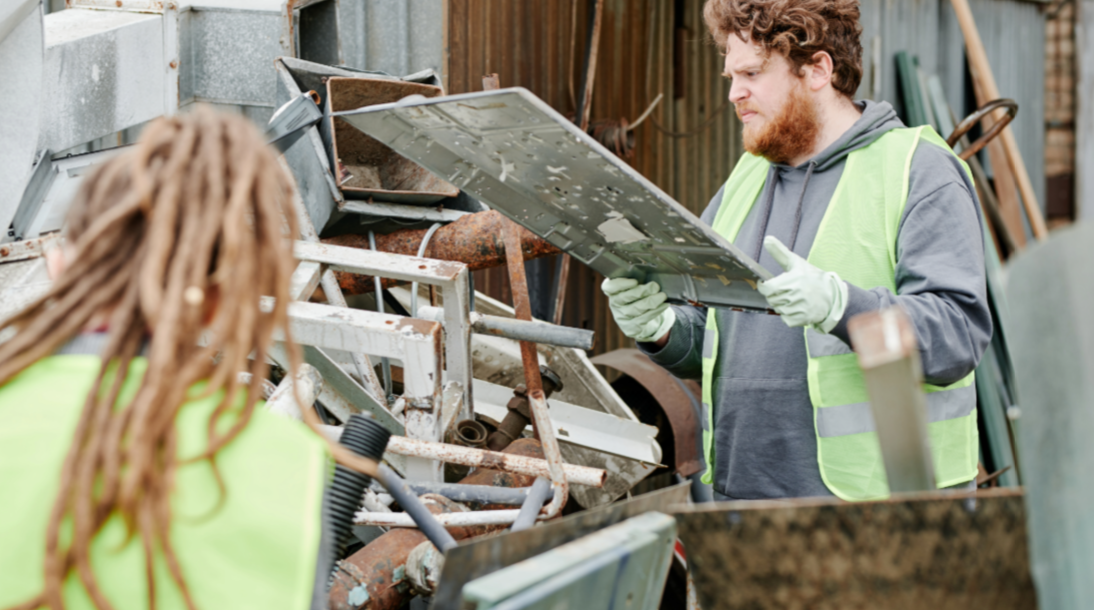
Implementing circular economy practices isn't always a walk in the park. You'll need to roll up your sleeves and adjust your mindset if you're aiming for success. One of the biggest hurdles? Getting everyone on board with this new way of thinking. We're talking about a major overhaul in how businesses operate, from top to bottom. It's not just about reducing waste and emissions (although that's a big part of it). We're on a mission to craft an entirely new culture where sustainability and efficient use of resources take the front seat. So, what we're talking about here is getting our team trained up, setting fresh targets for them to aim at, and making sure everyone's moving in the same direction. Working together as a team, putting in the effort and dedication over time, is what really makes it all come together.
Investing in Training and Skill Development
Speaking of training, that's another key piece of the puzzle. Implementing circular economy practices often requires new skills and knowledge. Businesses need to invest in their people, providing the tools and resources they need to succeed in this new environment. This could involve pulling in some specialists, organizing interactive workshops, or crafting tailored training sessions just for you. The goal? Our goal is to build a team that is ready to dive into the circular economy's challenges with both feet.
Collaborating with Suppliers and Stakeholders
No business is an island, and that's especially true when it comes to the circular economy. For things to really click, businesses have to team up with their suppliers and everyone involved. That means working together to develop new processes, materials, and products that are more sustainable and resource-efficient. At the heart of it, this journey is about creating bonds and discovering what we share in common. By collaborating with others in the supply chain, businesses can create a ripple effect that spreads the benefits of the circular economy far and wide.
Real-World Case Studies of Successful Circular Economy Implementation in Maintenance

Enough talk; let's see some action. Here are a few real-world examples of businesses that are killing it with circular economy practices in maintenance:
Manufacturing Industry
Take the manufacturing industry, for example. Some companies are using circular design principles to create products that are easier to repair, upgrade, and recycle. Others are implementing predictive maintenance techniques to extend the lifespan of their equipment and reduce waste. At the heart of it, we're on a mission to make sure resources stick around for as long as they can.
Transportation Sector
In the transportation sector, companies are exploring new business models that prioritize sharing and reuse. Think of car-sharing programs, bike rentals, and other ways to get around without owning a vehicle outright. By shifting away from individual ownership and towards shared resources, these companies are reducing waste and maximizing efficiency. Even the energy and utilities industry is getting involved in the action. Some businesses are now leaning on the ideas behind a circular economy to shape power plants and distribution networks that run like well-oiled machines. Others are exploring ways to capture and reuse waste heat, reducing greenhouse gas emissions in the process. At the heart of it, we're on a mission to discover creative solutions that not only boost our profits but also do right by the planet.
Construction and Building Maintenance
Alright, now let's dive into the nuts and bolts of construction and keeping buildings in tip-top shape. Sure, the industry's got a rep for piling up waste like there's no tomorrow, but hey, some companies are stepping up to flip the script. They're tapping into the magic of modular design and leaning on sustainable materials, crafting buildings that are a breeze to keep up with, fix up, or even take apart when it's time for them to go. It's a whole new way of thinking about the built environment.
The Future of Maintenance in a Circular Economy
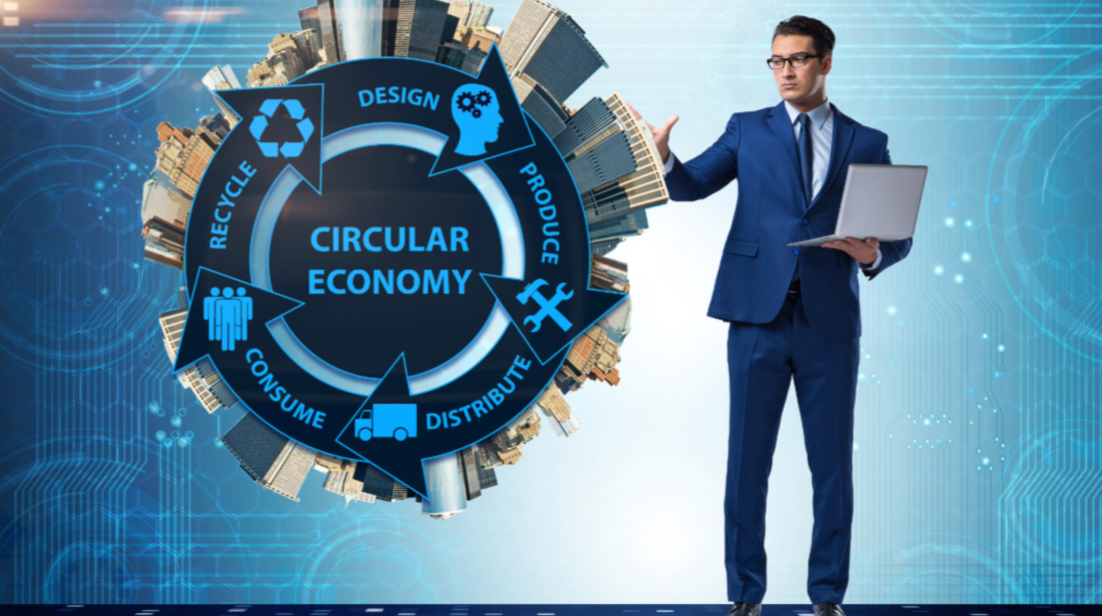
So, what does the future hold for maintenance in a circular economy? Here are a few trends and predictions to keep an eye on: First up, emerging technologies. Artificial intelligence and the Internet of Things are shaking things up, setting us on a path to transform how we handle maintenance completely. Imagine sensors that can predict when a machine is about to fail or robots that can handle dangerous tasks without putting human workers at risk. The possibilities are endless.
Regulatory and Policy Changes
But let's not kid ourselves – fancy tech alone isn't going to make the shift to a circular economy happen magically. We also need supportive policies and regulations at the local, national, and global levels. This could mean dishing out perks to businesses that get on board with circular practices or dropping fines on those who don't play ball. We might also see the introduction of new standards and certifications that make sure products are created with a circular design in mind.
Shifting Consumer Preferences and Expectations
Wrapping things up, we definitely can't overlook how much consumers play a part in the whole shebang. As awareness of environmental issues grows, more and more people are demanding products and services that align with their values. That means businesses need to be proactive in communicating their circular economy efforts and transparent about their progress. It's not just about doing the right thing – it's about building trust and loyalty with customers. So there you have it – a whirlwind tour of the challenges, opportunities, and future of maintenance in a circular economy. It's not always easy, but the payoff is worth it. So, if we all put our heads together and get creative, we can pave the way toward a world that's not just thriving but is also strong in the face of challenges and welcoming for everyone.
Switching to a circular economy in maintenance demands teamwork, innovation, and a big shift in mindset. It's all about training folks, teaming up with partners, and thinking outside the box to cut waste and keep resources rolling longer. Real-world success stories show us it's doable – from smarter designs in manufacturing to sharing models in transport. The future looks bright, too, with new tech and consumer demand pushing things forward and transforming traditional business models toward sustainability and efficiency.
Conclusion
We've delved into the intricacies of incorporating a circular economy in maintenance—optimizing the life cycle, enhancing resource efficiency, and delving deep into the essence of a circular economy. In the face of pressing challenges like climate change and food waste, prioritizing resource efficiency is not just a choice but a necessity in today's economic solutions.
This transformative journey not only redefines operational strategies but also holds the key to sustainable growth and long-term benefits. By embracing the circular economy model, businesses can evolve into stewards of the planet's future, aligning profit-making with environmental preservation and reshaping traditional business models to meet the demands of a changing world.
Standing at the intersection of tradition and transformation, you hold the power to shape a more sustainable future by harnessing the principles of circularity. The road ahead is clear: integrating these principles into your operations not only ensures success but also contributes to a broader environmental impact, painting a hopeful picture for a greener tomorrow.
As you navigate this transformative path, remember that every step towards resource efficiency and circular economy practices unveils untapped potential, waiting to unfold and drive positive change. Now is the opportune moment to weave these threads into the fabric of your organization, paving the way for a more sustainable and prosperous future with innovative business models at the forefront.
 For immediate assistance, please call us at (512) 328-3235
For immediate assistance, please call us at (512) 328-3235


